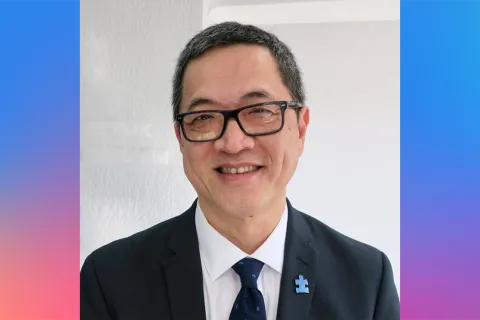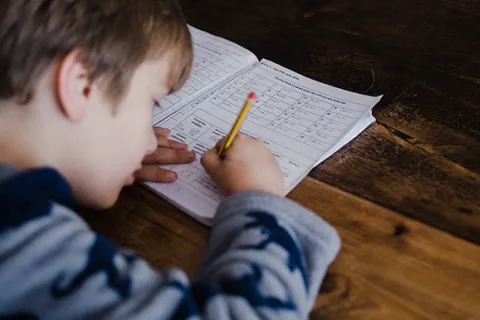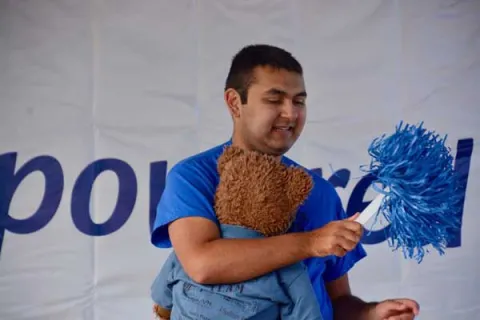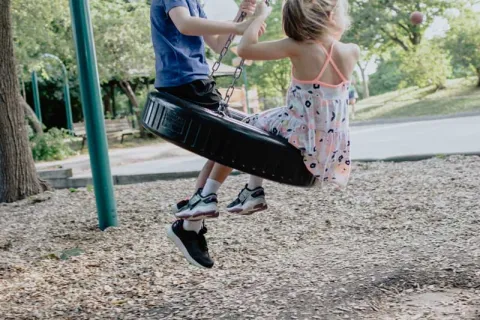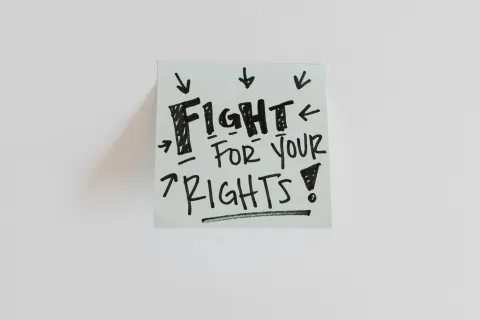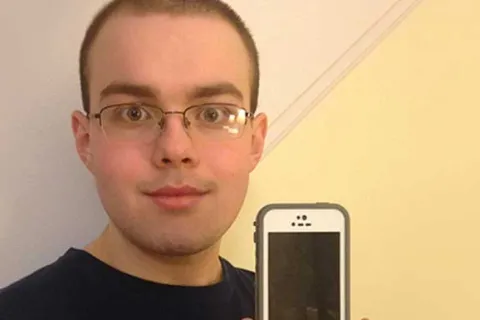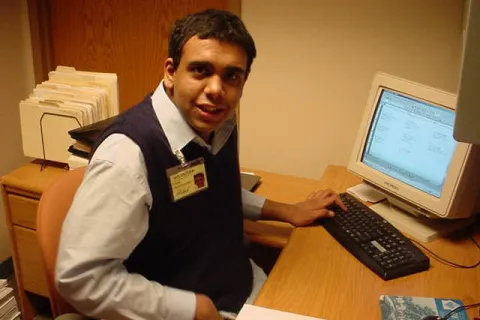Helping shy autistics utilize AAC devices in public
Tips to help minimally verbal kids and teens shy to use communication device
By Dr. Rupal PatelThis week’s answer is by speech language pathologist and computer scientist Rupal Patel, founder and president of VocaliD, a company focused on making assistive communication devices more engaging through the development of personalized voices.
At our autism clinic, we often work with minimally verbal children and teens who seem shy to use an assistive communication device in public. Sometimes the problem appears to be discomfort with the sound of the synthetic voice. What can we do to encourage them?
It’s completely understandable that a child or teen may feel annoyed by the generic, robotic voice coming from a device when they try to communicate. However, I appreciate that you are encouraging them to use it as much as possible. According to recent research, children who receive behavioral intervention paired with a speech-generating device learn to say more words, more quickly than those who did not use the speech-generating device.
From our experience encouraging one of our early clients to use her device, we discovered that every new interaction she had in public involved getting people used to the fact that she is communicating using her iPhone. This can be daunting and exhausting.
Even when people understood that she was not a verbal communicator, she felt anxious about the time it took her to type out her messages. She felt pressure to get her message out quickly.
To speed things up and avoid the extra effort needed in communicating with strangers, she often fell back to relying on family members to say things for her in public. It sounds like your daughter may be having similar issues.
How to help minimally verbal and nonverbal autistics feel more comfortable using Augmentative and Alternative Communication (AAC)
Here are some of the strategies we used to help our client become more comfortable using her device. We hope they’ll help.
Pre-planning and pre-programming
We planned a day where we would take her to places where she would need to use her device to communicate. These included a local pizza shop, neighborhood drug store and a small clothing store.
First we helped her pre-program her device with some phrases that she would likely need for the day. This way she would feel less pressured to type out answers in the moment.
These phrases included an introduction that explained, “I will be using my iPhone to communicate. Please be patient while I type.” This short introduction, we found, was crucial, as it helped to quickly cue unfamiliar listeners to the pace of the assistive communication device.
Join the fun with your own smart phone
Additionally, once we arrived at these shops, we used the text-to-speech function on our own iPhones to compose our own messages to interact with the clerks and storekeepers. You can enable this function under the “accessibility” settings on many smart phones. After we modeled communication using our own iPhones, our client was less shy about using her own iPhone to communicate.
The understandable desire for one’s own voice
In addition to pre-programming phrases and modeling the use of your daughter’s communication device, it’s important to recognize the fact that she is justified in feeling uncomfortable and perhaps even irritated by the generic voice coming from her device.
It’s often the case that a child will use the same pre-programmed voice as many of her or his peers. With the iPhone, for example, many boys use “Perfect Pete,” while many girls use “Heather.”
While these voices are better than some of the robotic-sounding ones on older assistive communication devices, they can still sound generic. This can feel unsatisfying to a child, teen or young adult who understandably wants her opinions, desires and identity to be expressed in a voice that’s all her own.
That’s where our company, VocaliD, can help. Through years of research, we have observed that even those who have severe speech impairments produce distinctive sounds when they laugh, cry and vocalize emotions and intentions. We discovered that by blending the sounds of the recipient with the speech of a matched voice donor, we could create a unique voice that is as both understandable and has the person’s unique vocal identity.
I founded VocaliD to make these custom voices available. Our goal is to enable individuals like your daughter to more fully express themselves and gain a higher level of independence and self-esteem. As a result, we hope they will feel more comfortable using their devices to communicate.
Thanks again for your question and best wishes in your work.



